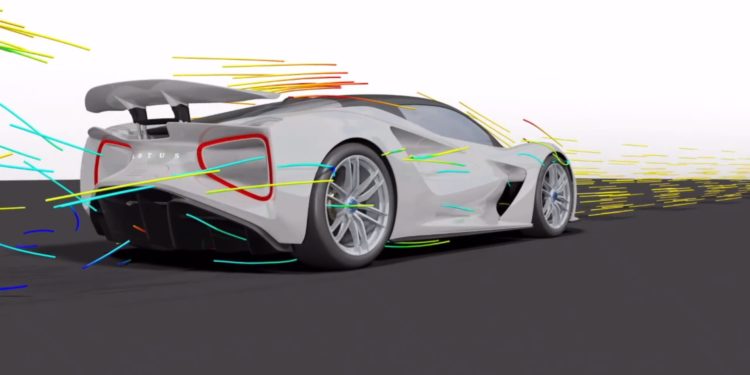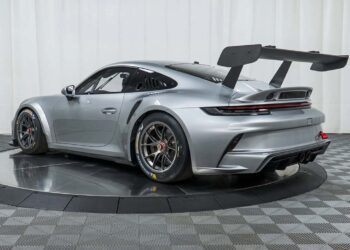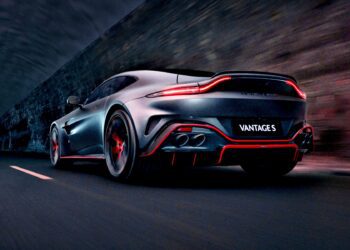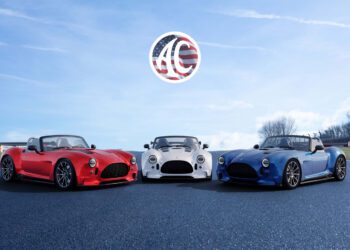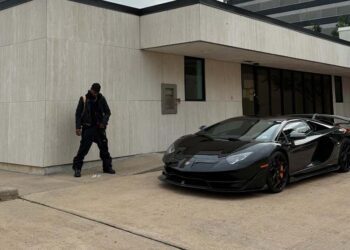Electric cars by nature need to be slippery. Cutting through the air better than your competitors allows for a longer range, and better performance. With those goals in mind, the Lotus Evija aerodynamic secrets have been revealed in their latest press release.
For the first time, Richard Hill, the highly experienced senior engineer who has guided this critical element of the 2,000 PS car’s design, details the philosophy of the Evija’s sophisticated aerodynamics. Richard is chief aerodynamicist and has worked at Lotus for more than 30 years, supporting countless road and race car projects. When asked how the Evija compares to regular sports cars, he replied: “It’s like comparing a fighter jet to a child’s kite.’’
He then answered a few questions from their marketing team:
– What’s the overall philosophy behind the Evija’s aerodynamics? It’s about keeping the airflow low and flat at the front and guiding it through the body to emerge high at the rear. Put simply, it transforms the whole car into an inverted wing to produce that all-important dynamic downforce.
– How would you compare the Evija’s aerodynamic performance to that of a regular sports car? It’s like comparing a fighter jet to a child’s kite.’’
– Can you explain the car’s porosity in aerodynamic terms? Most cars have to punch a hole in the air, to get through using brute force, but the Evija is unique because of its porosity. The car literally ‘breathes’ the air. The front acts like a mouth; it ingests the air, sucks every kilogram of value from it – in this case, the downforce – then exhales it through that dramatic rear end.
– What role does that deep front splitter play? It’s designed in three sections; the larger central area provides air to cool the battery pack – which is mid-mounted behind the two seats – while the air channeled through the two smaller outer sections cools the front e-axle. The splitter minimises the amount of air allowed under the vehicle, thus reducing drag and lift on the underbody. It also provides something for the difference in pressure between the upper and lower splitter surfaces to push down on, so generating downforce.’
Click the button below to find our Lotus dealer near you and stay with us for all your Lotus news.

